
Hypertrophy training: The Complete Guide (plus workouts)
Hypertrophy development is valuable as increased muscle mass is beneficial to athletic performance and a necessity for many sports.
Strength & Conditioning is the practical application of exercise prescription in order to improve the physical performance of athletes. For example, it focuses on strength and power training, aerobic and anaerobic development, movement quality, and speed enhancement.
As the world of strength and conditioning is very complex, our aim is to simplify the science so that coaches, athletes, and everybody else can understand how to use these training methods in order to optimise sports performance.

Hypertrophy development is valuable as increased muscle mass is beneficial to athletic performance and a necessity for many sports.
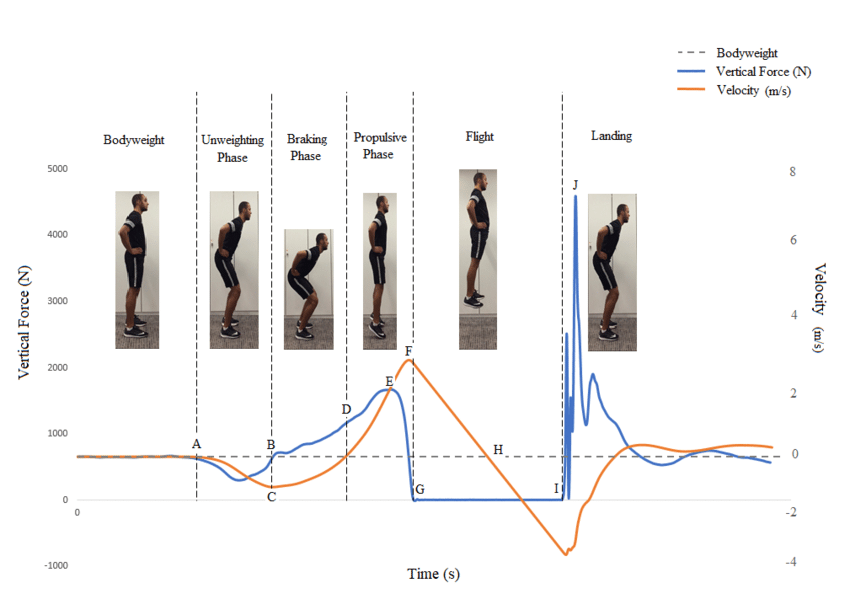
The countermovement jump (CMJ) is a simple, practical, valid, and very reliable measure of lower-body power.
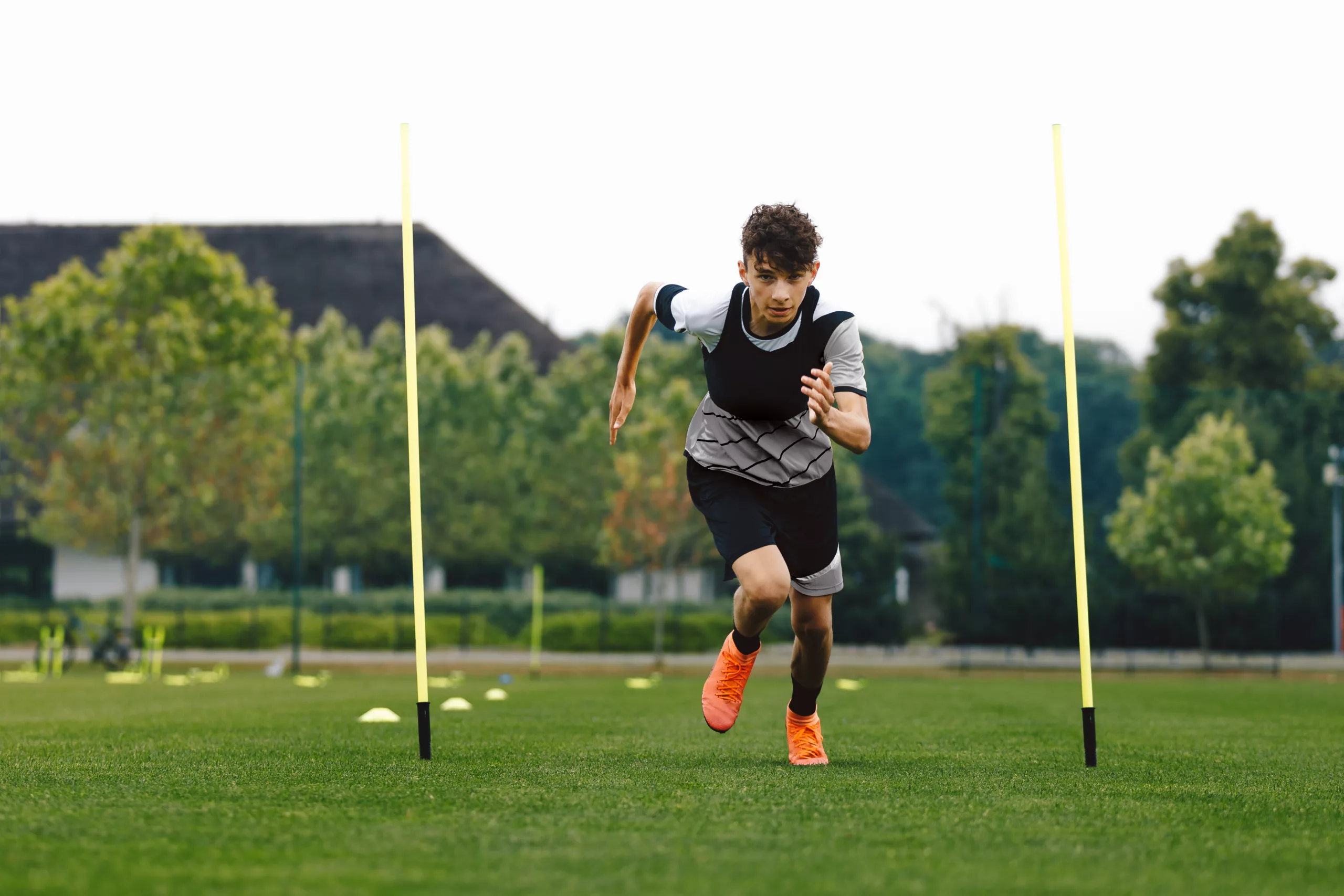
The 30-15 IFT measures aerobic and anaerobic capacity, change of direction qualities, and ability to recover during intermittent exercise.
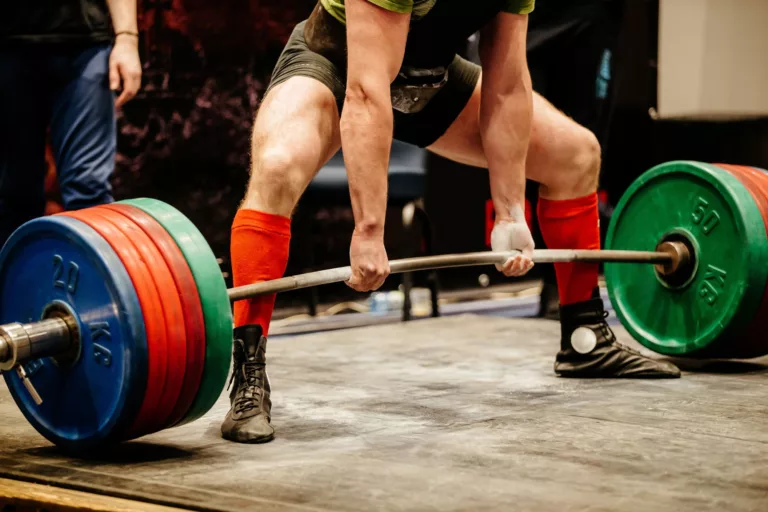
The 1RM test is often considered as the ‘gold standard’ for assessing the strength capacity of individuals in non-laboratory environments.
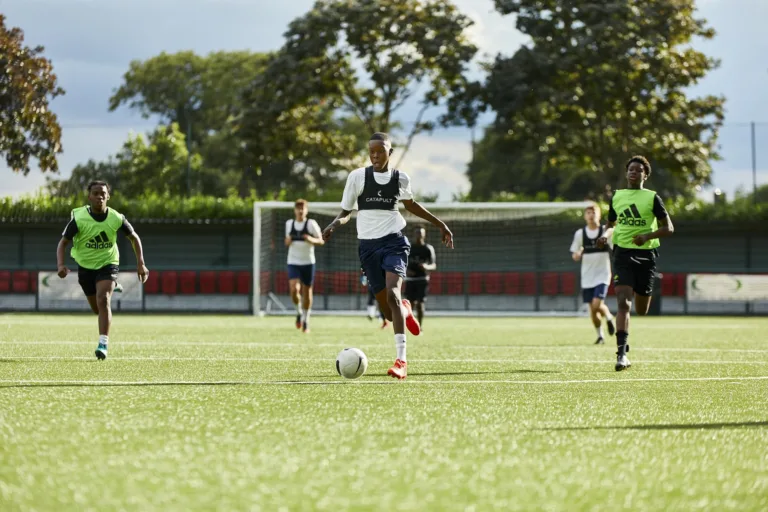
A well-planned warm-up can prepare athletes physically and mentally but also reduce the likelihood of injury and improve performance.
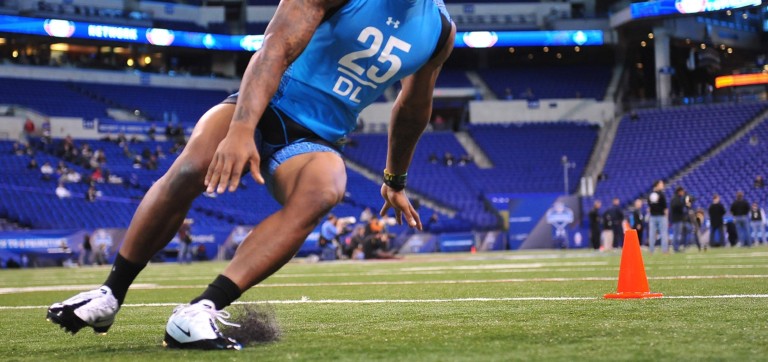
Agility is one of the most important physical traits in sport, but must not be confused with change of direction.
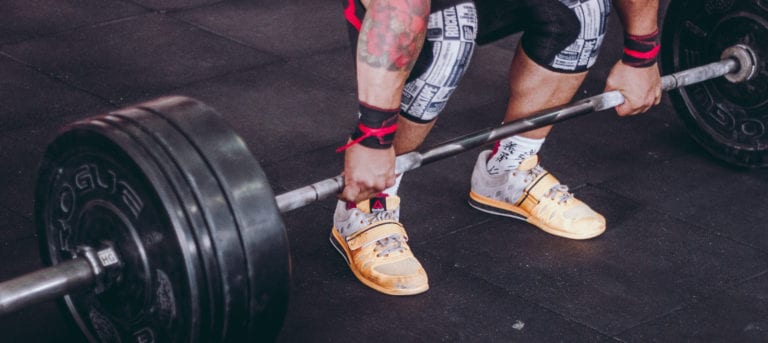
Olympic Weightlifting is a common component in strength and conditioning programmes and has been shown to enhance athletic performance.

Plyometrics Credits Infographic: Yann Le Meur (Twitter: @YLMSportScience) Study: Booth & Orr (2016) [PubMed] See the article Plyometrics training for more information.
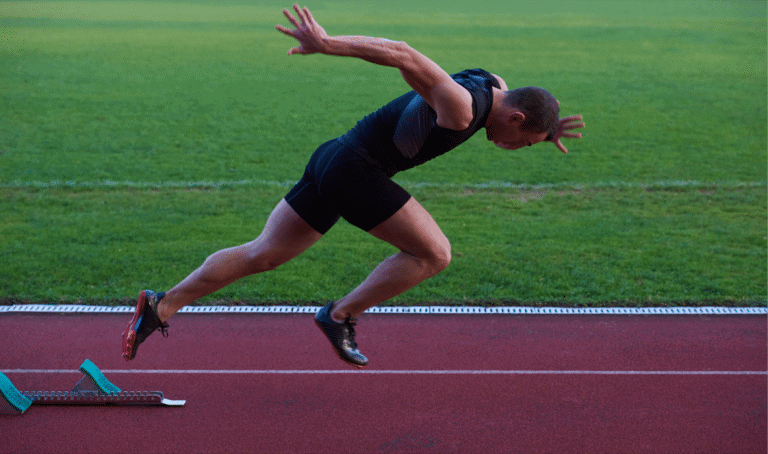
The Rate of Force Development (RFD) is a measure of explosive strength, and higher RFDs have been linked with better athletic performance.
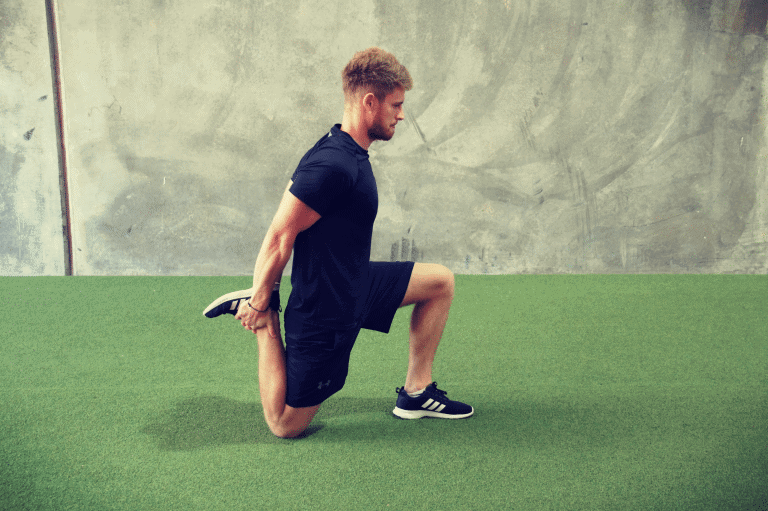
Post-exercise stretching may boost recovery by reducing soreness, and increasing flexibility and blood flow.
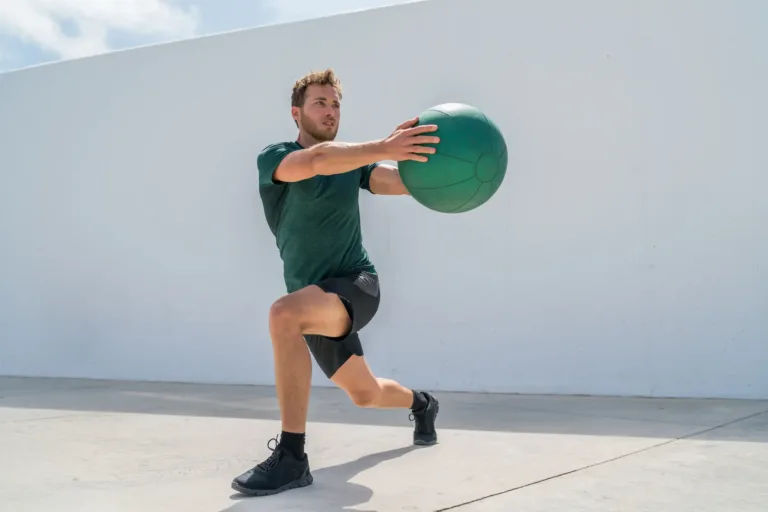
Basic exercise movement patterns are exercise classifications that are the foundations of exercise selection.
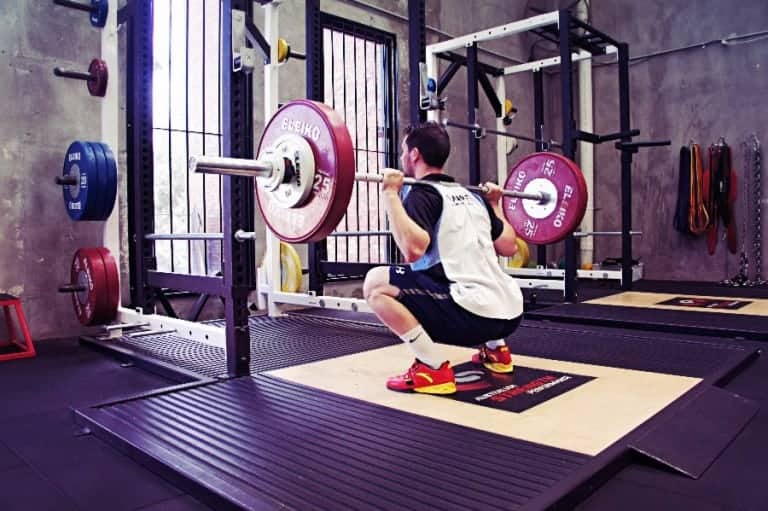
Post-activation potentiation (PAP) is a short-term improvement in performance (e.g. jumping) due to conditioning exercises (e.g. squats).

Dynamic correspondence is the ‘training effect’ that training programs have on athletes’ sports performance, but measuring it is difficult.
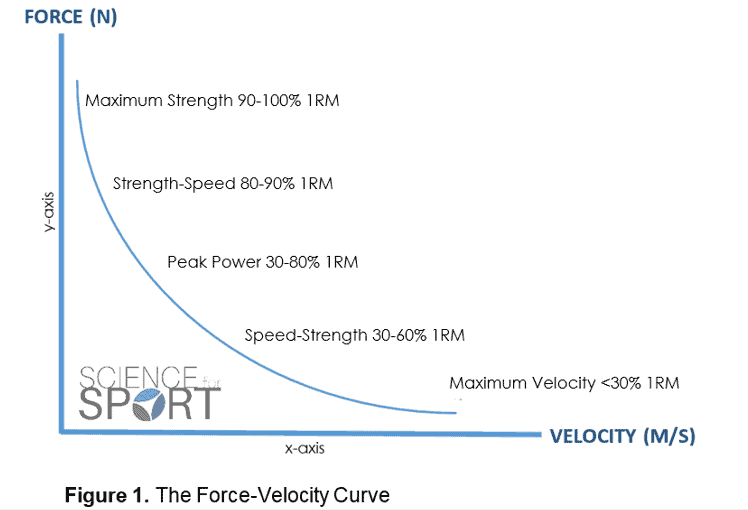
The force-velocity curve represents the relationship between force and velocity, which is vital for strength and conditioning professionals.

The Pro-Agility (5-10-5) Test is an extremely popular protocol, but there are several glaring issues with it.

The 5-0-5 Agility Test, a commonly recognised agility test, is actually a change of direction speed (CODs) test.

The 20m Sprint Test is a reliable predictor of linear speed, but only if administrators carry out the test correctly.

The 10m Sprint Test measures an athlete’s ability to accelerate, and is often included in performance testing batteries.

Learn from a world-class coach how you can improve your athletes' agility. This course also includes a practical coaching guide to help you to design and deliver your own fun and engaging agility sessions.
Get Instant Access